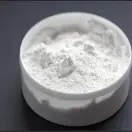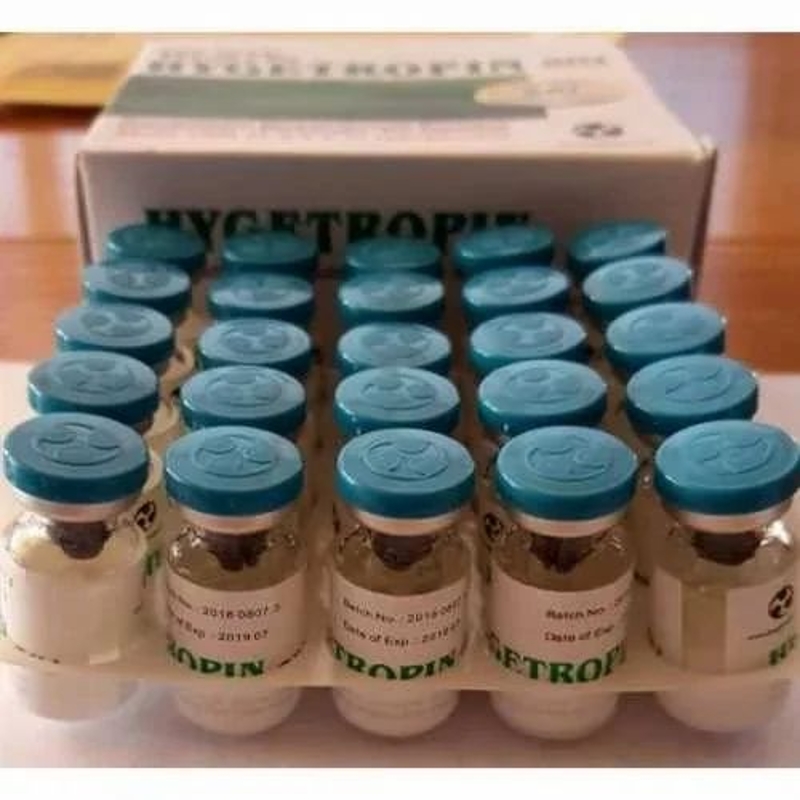-
Categories
-
Pharmaceutical Intermediates
-
Active Pharmaceutical Ingredients
-
Food Additives
- Industrial Coatings
- Agrochemicals
- Dyes and Pigments
- Surfactant
- Flavors and Fragrances
- Chemical Reagents
- Catalyst and Auxiliary
- Natural Products
- Inorganic Chemistry
-
Organic Chemistry
-
Biochemical Engineering
- Analytical Chemistry
-
Cosmetic Ingredient
- Water Treatment Chemical
-
Pharmaceutical Intermediates
Promotion
ECHEMI Mall
Wholesale
Weekly Price
Exhibition
News
-
Trade Service
Human islet cells are mainly divided into α cells, β cells, D cells and PP cells
.
Among them, α cells account for about 20% of pancreatic islet cells and secrete glucagon; β cells make up 60%-70% of pancreatic islet cells and secrete insulin
.
The current view is generally that glucagon, contrary to insulin, is a role in promoting gluconeogenesis and decomposition, inhibiting hepatic glycogen synthesis, and playing a role
in increasing blood sugar.
In 1959, Professor Roger H.
Unger proposed the hypothesis that "diabetes is a two-hormone disease" - the occurrence and development of diabetes is not only related to insulin deficiency, but also inextricably linked
to inappropriate glucagon secretion.
However, a growing body of research challenges the primacy of counterregulation in glucagon physiology
.
Research on glucagon-related has also faced several contradictions, making it difficult to summarize simply as a "glycemic hormone"
.
The past, present, and future physiology and pharmacology of glucagon, published online on November 1, 2022, the journal Cell Metabolism (IF=31.
373), describes the development of glucagon from the past to the present, as well as the existing problems and contradictions, and proposes some directions
for future research in this field.
1.
Glucagon and diabetes
1.
1 Inhibit glucagon activity or become one of the effective ways to treat diabetes
In patients with diabetes, suppression of elevated glucagon signaling may be an effective strategy
for treating hyperglycemia.
The physiological effect of glucagon-raising blood sugar is mediated by the glucagon receptor (GCGR) receptor in hepatocytes
.
As shown in Figure 1, activated GCGR induces adenylate cyclase activation by binding to heterotrimer Gs, resulting in cAMP, activating protein kinase A, which increases hepatic glycogen breakdown and gluconeogenesis, resulting in elevated
blood glucose in the body.
The receptor GCGR binds to the natural ligand glucagon, regulates blood sugar balance in the body, and is an important drug target for
type 2 diabetes.
In the treatment of diabetes, the scientific community and industry are trying a variety of blocking strategies for GCGR, which have been confirmed to have good hypoglycemic efficacy
in animal experiments and early clinical studies.
Figure 1.
Signaling pathway of GCGR
1.
2 Existing problems
However, some scholars have proposed diametrically opposed ideas, arguing that elevated glucagon secretion in the context of diabetic metabolic stress may only be the result of a compensatory reaction, rather than pathogenicity itself
.
Because no one has directly demonstrated that chronic glucagon agonism actually causes diabetes
.
What's more, a study of obese mice treated with GCGR agonists alone found that GCGR agonists improved glucose tolerance to a similar extent to GLP-1R agonists, which disproved the causal role
of glucagon on the pathogenesis of diabetes.
2.
Glucagon and hypoglycemia
2.
1 Increase glucagon secretion and effectively treat diabetic hypoglycemia
Hypoglycemia may lead to increased glucagon secretion through direct and indirect mechanisms (Figure 2): 1) Cells can respond directly to a decrease in glucose concentration, thereby increasing glucagon secretion; 2) indirectly regulate α cell function by inhibiting pancreatic paracrine action; 3) Through the stimulation of the autonomic nervous system α cells secrete glucagon to cope with hypoglycemia
.
Figure 2.
Mechanism of glucagon secretion in hypoglycemic response
Severe hypoglycemia is an acute, life-threatening condition primarily associated with severe drops in blood glucose levels associated with insulin therapy, most commonly in people with
type 1 diabetes caused by daily insulin injections.
The disease is a top concern for insulin-dependent patients and the most feared complication
of diabetes treatment.
In the past 50 years, glucagon has been used as a rescue drug to treat severe hypoglycemia in diabetes, and has achieved some efficacy
.
2.
2 Existing problems
However, the stability of glucagon in the treatment of hypoglycemia is very problematic
.
Possible causes include the following:
1) The use of glucagon pen is complicated by problems such as poor solubility, self-binding and stability, and it is necessary to prepare lyophilized glucagon immediately before use, and accurate intramuscular injection
is required.
In emergency situations, even in trained diabetics, intramuscular glucagon has a success rate of only 16%, thus missing the optimal rescue time;
2) The main physiological role of glucagon may not be used to correct hypoglycemia: the study found that animal models with complete loss of glucagon activity function had a very small incidence of hypoglycemia; Similarly, patients with impaired glucagon secretion have normal glucagon secretion after amino acid stimulation
.
The above questions whether impaired glucagon secretion represents a specific dysfunction of cells against the background of insulin-induced hypoglycemia, which may be caused
by another mechanism.
More and more experts and scholars believe that glucose is a weak regulator of glucagon secretion, and amino acids can effectively increase the secretion level
of glucagon even when glucose concentration increases.
In addition, dysregulation of glucagon secretion has a stronger
effect on amino acid levels than blood glucose levels.
Therefore, impaired amino acid metabolism may be a key feature of hyperglucagonemia in diabetes, rather than dysregulated
glucose metabolism.
The reverse glycemic effect of glucagon may be exaggerated, and the primary physiological role of glucagon is not to correct hypoglycemia
.
This partly explains the instability of the effect of glucagon in treating hypoglycemia
.
3.
Glucagon and systemic metabolism
In short, glucagon can effectively target metabolic diseases
.
1) Glucagon receptor antagonism can lower blood sugar, reduce liver lipid oxidation, increase the circulating concentration of amino acids, and produce cell proliferation
.
Loss of glucagon activity can improve cardiac function and promote β cell proliferation;
2) Glucagon receptor agonism can increase satiety, reduce food intake, and promote the catabolism of carbohydrates, lipids and amino acids, increasing energy consumption
.
Glucagon receptor agitation can raise blood pressure, producing harmful effects
in models of ischemic heart disease.
This supports the idea that glucagon is essential to addressing various metabolic challenges (Figure 3).
Figure 3.
Metabolic consequence of glucagon receptor agonism or antagonism
4.
Summary
Although glucagon was discovered nearly a century ago, its exact physiological role remains unclear
.
Recent opinions suggest that glucagon secretion is defined by the extrahepatic environment of central or intestinal signaling to α cells in a hypoglycemic state or after amino acid intake
.
Glucagon works synergistically with systemic blood glucose to determine proper insulin secretion to maintain normal blood sugar
.
From this perspective, elevated glucagon secretion in the context of metabolic stress in diabetes as a mechanism to restore metabolic homeostasis may be a compensatory response rather than pathogenic itself
.
Repositioning glucagon in physiology and pathophysiology, from glucose regulator to master nutrient metabolism regulator, is essential
for a comprehensive understanding and development of treatments for metabolic diseases.







